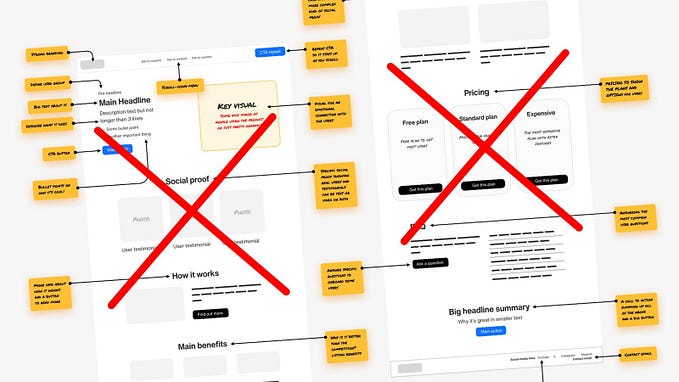Member-only story
How to break your design system without creating chaos
The art of deliberately disobeying design system conventions

As a designer, one of the first things you learn is the importance of following rules and guidelines. Whether it’s the principles of design or the guidelines of a design system, it’s crucial to understand and adhere to these rules in order to create cohesive designs.
But as any designer knows, there are times when the rules need to be broken. And when it comes to design systems, this is especially true.
The purpose of a design system is to provide a set of standardized elements and principles that can be used to create a consistent user experience across a product or brand.
But a design system is not a one-size-fits-all solution. There will always be situations where the established guidelines don’t quite fit the needs of a particular design problem.
In these cases, it’s important to have the flexibility to break the rules and think outside the box. By embracing the art of breaking rules, designers can push the boundaries of what’s possible without creating chaos.
When might a design system be broken?
A design system isn’t perfect and might not cover all use cases. You might find the guidelines to be too rigid or prescriptive for the desired user experience or business objective.
Sometimes, it may be necessary to adapt the system or create custom solutions by breaking the rules.
Design components and patterns
Perhaps the design system doesn’t offer a certain component or pattern that might be needed for a new use case. In this case, you might consider breaking the guidelines to create a more experimental or unconventional design.
Work with your design system team to ensure that the new designs maintain a standard of visual consistency with the design system. If your solution is scalable to other use cases, you can contribute the component or pattern back to the design system so that it can be adopted by other teams in the future.






